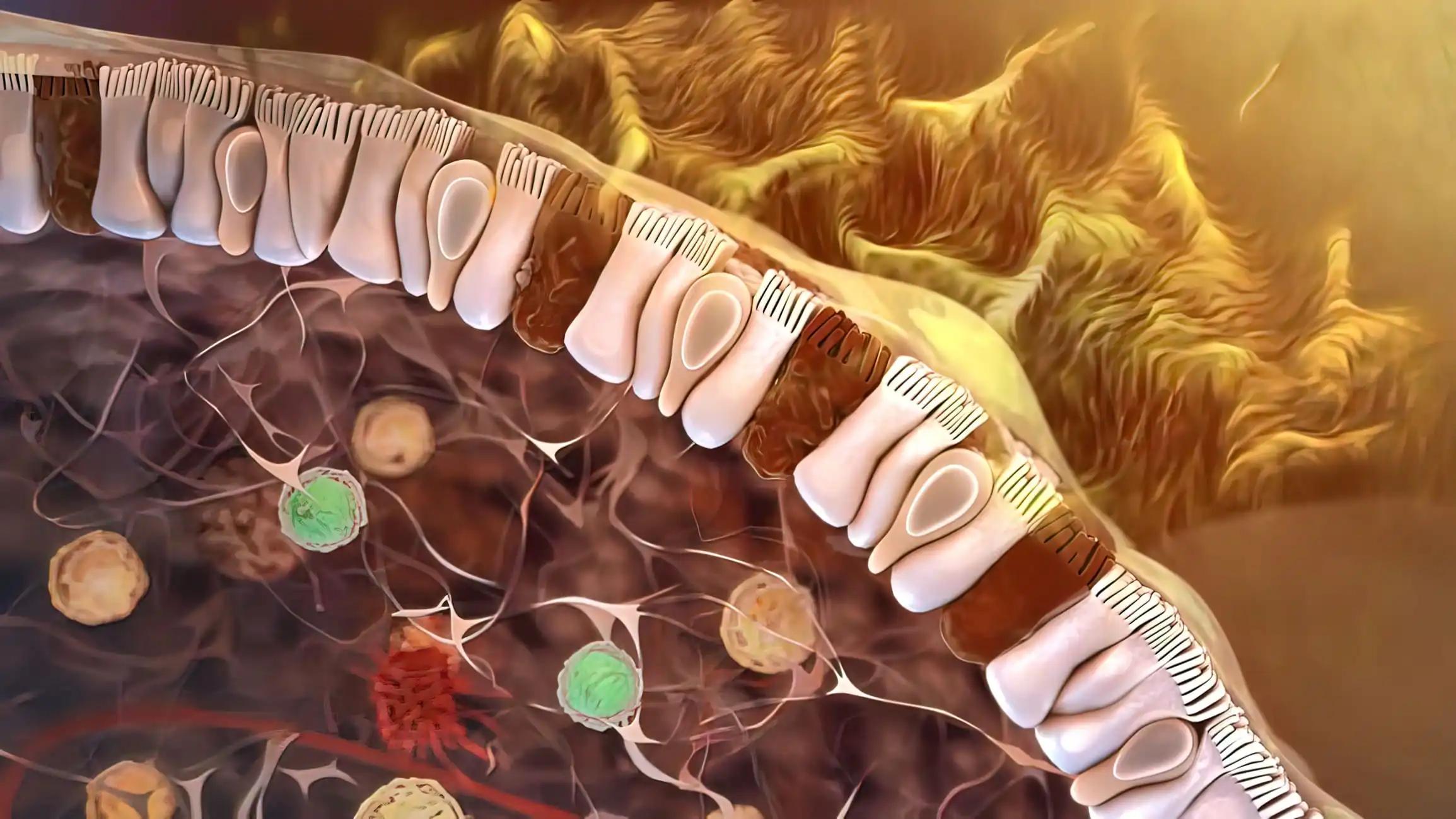KEY TAKEAWAYS
- The phase 3 trial assessed 15-year PFS and OS in patients with untreated advanced FL treated with CHOP-RIT or CHOP-R.
- The study revealed that 40% of the patients were alive and progression-free after undergoing either CHOP-RIT or CHOP-R treatments without maintenance therapy.
Follicular lymphoma (FL) treatments typically involve chemoimmunotherapy as the primary approach for initial treatment. The S0016 study enrolled patients (pts) with untreated advanced FL, specifically those with bulky stage II or III–IV, during the period between 2001 and 2008. These pts were randomly assigned to receive either CHOP chemotherapy for six cycles followed by (131) I-tositumomab radioimmunotherapy (CHOP-RIT) or CHOP-R chemotherapy for six cycles with no additional maintenance therapy.
The study assessed the 15-year progression-free survival (PFS) and overall survival (OS) rates using the Kaplan–Meier method. Additionally, the cumulative incidence of disease progression was calculated using the nonparametric Nelson-Aalen estimator, taking into account death without progression or relapse as a competing risk factor.
When comparing the CHOP-RIT group with 267 participants to the CHOP-R group with 264 participants, baseline features were similar in areas such as median age (53.4 years for CHOP-RIT vs. 54.5 years for CHOP-R), presence of B symptoms (26% in CHOP-RIT vs. 29% in CHOP-R), pathologic grade 3 (9% in both), high FLIPI risk (26% for CHOP-RIT vs. 22% for CHOP-R), elevated β2M levels (55% vs. 53%), bone marrow involvement (55% vs. 56%), and the incidence of bulky disease (26% vs. 24%).
With a median monitoring period of 15.5 years, the 15-year overall survival (OS) rate for the whole study group was 70%, with a 95% confidence interval (CI) of 65.9% to 74.1%. Specifically, the CHOP-RIT group had a 15-year OS rate of 67% (95% CI: 60.7%, 72.6%), while the CHOP-R group had a rate of 73% (95% CI: 67.2%, 78.4%), showing a p-value of 0.56. The 15-year PFS estimate for the entire cohort was 40% (95% CI: 36.0%, 44.7%). Notably, the CHOP-RIT group showed a higher PFS rate of 47% (95% CI: 40.4%, 53.0%) as compared to 34% (95% CI: 28.2%, 40.0%) in the CHOP-R group, with a p-value of 0.004.
Although the overall incidence of progression went up over time, the average progression rate notably declined: it was 6.8% in the first five years, fell to 2.3% between 5 and 10 years, decreased further to 1.1% between 10 and 15 years, and ultimately dropped to 0.6% between 15 and 20 years. The 15-year cumulative incidence of progression for the entire cohort was 50.5% (95% CI: 46.5%–54.8%). This rate was lower in the CHOP-RIT group [42.3% (95% CI: 36.1–48.4%)] compared to the CHOP-R group [58.6% (95% CI: 52.2%–64.4%)], with a p-value of 0.0009.
There were no significant differences between the CHOP-RIT and CHOP-R groups concerning the incidence of second malignancies (19.7% vs. 22.1%; p-value = 0.52) or AML/MDS (5.3% vs. 2.2%; p-value = 0.08). The 15-year cumulative death rate due to second malignancies was similar between the two groups: 7% in CHOP-RIT vs. 5.4% in CHOP-R (p-value = 0.45). However, deaths attributed to AML/MDS were higher in the CHOP-RIT group (4.4% vs. 1.2%; p-value = 0.03). The leading causes of death in the CHOP-RIT group were lymphoma (15.2%), second malignancies (7.2%), and non-cancer medical conditions (6.4%). In the CHOP-R group, the leading causes were lymphoma (11.6%), non-cancer medical conditions (8.6%), and second malignancies (5.6%) (p-value = 0.27). The 15-year cumulative incidence of death without disease progression for the entire study was 9.1% (95% CI: 6.7%–11.9%).
After tracking pts for over 15 years, it was found that 40% of them have stayed alive and progression-free following six treatment cycles of either CHOP-RIT or CHOP-R, without maintenance therapy. The gradual decline in the average progression rate suggested the potential for a functional cure in certain patient groups. This data served as a valuable reference point for future studies that aim to incorporate new therapeutic agents as first-line treatments.
Source: https://onlinelibrary.wiley.com/doi/10.1002/hon.3163_79
Clinical Trial: https://classic.clinicaltrials.gov/ct2/show/NCT00006721
Shadman, M., Li, H., Rimsza, L., Leonard, J.P., Kaminski, M.S., Spier, C.M., Gopal, A.K., Dakhil, S., LeBlanc, M., Smith, S.M. and Friedberg, J.W. (2023), A “FUNCTIONAL CURE” MAY BE ACHIEVABLE IN A SUBSET OF PATIENTS WITH FOLLICULAR LYMPHOMA TREATED WITH CHEMOIMMUNOTHERAPY: 15-YEAR FOLLOW-UP OF PHASE III SWOG-S0016. Hematological Oncology, 41: 116-117. https://doi.org/10.1002/hon.3163_79



